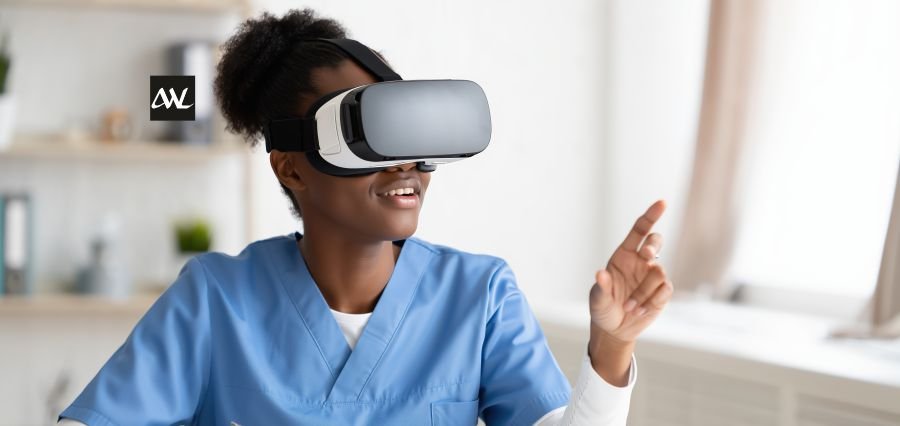In the past, health care education has been founded upon redundant classroom instruction, rote memorization, and traditional clinical rotations. Even though these methods have produced excellent practitioners after several decades of medical education, the increased speed of health care nowadays necessitates newer learning methods for the future practitioners. New technology, changing patient populations, and increasing medical complexity demand new categories of training programs. The medical schools globally are adopting new methods which blend theoretical instruction with clinical practice, transforming the students into not only well-informed but also capable of efficiently managing actual clinical situations with ease and confidence. The biggest objective of this innovation is to close the gap between theoretical training and practical application. Health education becomes adaptive and customized in character with the assistance of technology-based tools, simulation training, and patient-centered approaches. They are created to ensure the encouragement of critical thinking, problem-solving skills, and inter-professional teamwork, competencies central to the contemporary speedy healthcare era.
Simulation and Virtual Reality Training
Simulation training is presently at the very center of healthcare education in the contemporary times. Simulated patient encounters, high-fidelity mannequins, and virtual reality equipment enable students to practice clinical skills in an environment that is safe and well-controlled. This optimizes technical skill as well as attempts to establish pressure decision-making, a critical requirement in the health care environment. Virtual reality simulations enhance learning by exposing students to complete immersive environments that mimic complex medical illnesses, thereby enabling the students to expose themselves to weird or complex cases to which they might not be exposed during regular clinical rotations. By simulating emergency and complex surgery, simulation training allows the students to make quick decisions and respond accordingly, hence enhancing readiness for high-stress environments.
In addition to skill acquisition, simulation training also enhances the level of confidence and minimizes anxiety among learners prior to dealing with real patients. Procedure skill assessment tests and competency testing have been documented by colleges to be enhanced by incorporating modules of simulation in curricula. Continuous live feedback, reflective debriefing, and regular practice facilitate ongoing improvement in technique by the trainees. Secondly, simulation training can be applied to learning soft skills like communication, empathy, and teamwork that are equally essential in the delivery of healthcare.
Collaborative Interprofessional Learning
Interprofessional education is a new method of healthcare training based on collaborative learning between students of different professions. They are motivated to learn more collaboratively and realize the value added by each professional towards patient care. Inter-professional education like team-based case study and inter-professional clinical education fosters enhanced communication and respect for each other, decreasing errors and improved patient-centered care. This philosophy is a reaction to the fact that modern practice of health care is multidisciplinary and the best effects may be achieved through proper inter-disciplinary communication. It also readies the students for realities in the health care setting where it is a day of multidisciplinary teams.
Co-operative problem-solving in the learning setting provides the students with holistic patient management and shared responsibility. Empirical evidence has shown that graduates trained interprofessional demonstrate enhanced clinical problem-solving, patient safety, and care team performance. In a profession where, technical skill is as important as teamwork, prior interprofessional practice conditions graduates to practice optimally in varied clinical environments.
Digital and AI-Driven Learning
Computer-based learning is transforming the learning and evaluation of medical information. Internet-based systems, cell phones, and hard drives make current medical data and source material instantly accessible to students. Computer-based adaptive testing, computer study modules interactively, and computer-based case discussion enable the students to study at their own pace and practice previously learned material. It is also accommodating to learning and distance-friendly to the extent that high-quality health training is accessible to more people and from poorer areas. Online learning sites also enable international cooperation as learners and instructors all over the world can share information and best practices and make the whole learning process a reality.
Artificial intelligence systems track students’ performance, detect areas of weakness in knowledge, and suggest personalized learning streams. Predictive analytics and intelligent tutoring enable teachers to intervene early, as students receive individualized interventions. Additionally, AI-powered simulations can mimic out complex diagnosis scenarios and provide learners with the chance to build clinical judgment in a controlled, data-rich environment. AI also enhances evaluation by providing instant and impartial feedback about clinical competence, allowing more efficient teaching strategies by instructors and continuous self-improvement by students.
Conclusion
The future of healthcare provider education is being reimagined in a very dramatic way. Simulation-based education, inter-professional practice, and technology-enabled intervention are changing the way people learn, apply, and test their knowledge. These innovative practices not only build technical competence but also transfer knowledge in critical thinking, teamwork, and flexibility—a healthcare professional of this time requires. As healthcare systems improve and patient requirements become more diversified, education programs must be on the move with innovation at every step to enable future practitioners to meet the demands of high-quality, patient-focused care. In developing experiential learning, mutual practice, and high-technology education, health care education is developing a new generation of practitioners with the knowledge, skill, and commitment to equip them to address the challenges and opportunities of medicine in the twenty-first century.
Read Also : Reforming Societies: Empowering Women Leaders in the Middle East




